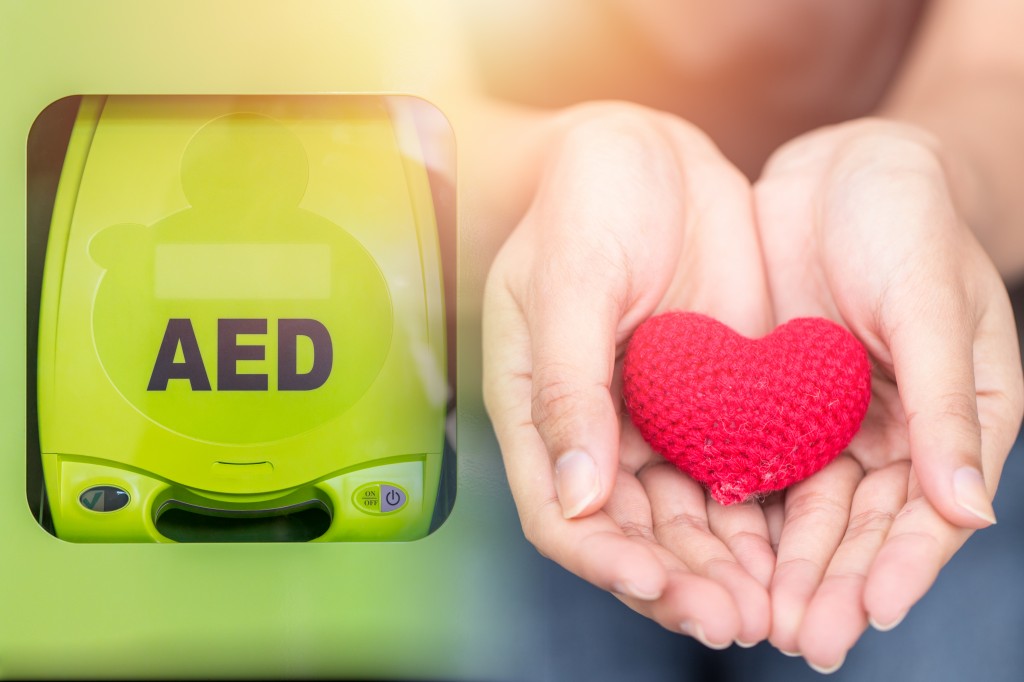
The amendment, when passed, will see officials of apartment buildings with a capacity of over 500 households required to install CPR equipment including automated CPR machines and report to local authorities, while being subject to an annual check and inspection in order to maintain the country’s emergency medical service standards. (Image: Kobiz Media)
SEOUL, Jul. 14 (Korea Bizwire) — The South Korean government is set to pass a law that will require large apartment complexes to be equipped with automated CPR devices in a bid to improve public safety.
According to the new legislation concerning the Emergency Medical Service Act proposed by the Ministry of Health and Welfare (MOHW) on Thursday, residential buildings accommodating more than 500 households will be hit with fines of up to one million won ($881) if they do not have automated CPR machines on the premises, beginning from the end of next May.
The amendment, when passed, will see officials of apartment buildings with a capacity of over 500 households required to install CPR equipment including automated CPR machines and report to local authorities, while being subject to an annual check and inspection in order to maintain the country’s emergency medical service standards.
When found in breach of the newly proposed law, first offenders will face a fine of 500,000 won, with the fine growing by 250,000 each time.
With speed thought to be crucial in saving those suffering from a sudden cardiac arrest, automated CPR machines have proven effective as the portable medical devices can quickly check a patient’s heart condition and perform cardiopulmonary resuscitation to return the heartbeat to a normal level.
In 2011, an individual in the U.K. who was left unconscious after suffering a sudden cardiac arrest regained consciousness three and a half hours later, thanks to an automated CPR machine that performed nearly 20,000 compressions, according to the U.K.-based news outlet Mirror.
Under current South Korean law, facilities such as medical institutions, bus and ferry terminals, and prisons are required to provide automated CPR machines, but concerns have been growing in recent years over the lack of such equipment in places like schools, department stores, cinemas and saunas.
The National Assembly Research Service (NARS) believes the current standard should be made stricter.
“As more than half of sudden cardiac arrests occur at home, the number of households that subject apartment buildings to the current regulation should be changed from 500 to 100,” the NARS said.
Shin Sang-do, a professor of emergency medicine at Seoul National University Hospital, however, says more focus needs to be placed on teaching people how to use the automated CPR devices.
“Though around 5,000 people suffer from a sudden cardiac arrest every year in Seoul alone, only 0.6 percent of some 8,000 automated CPR machines in the city are being used due to the lack of citizens trained to use them,” Shin said.
Ashley Song (ashley@koreabizwire.com)






